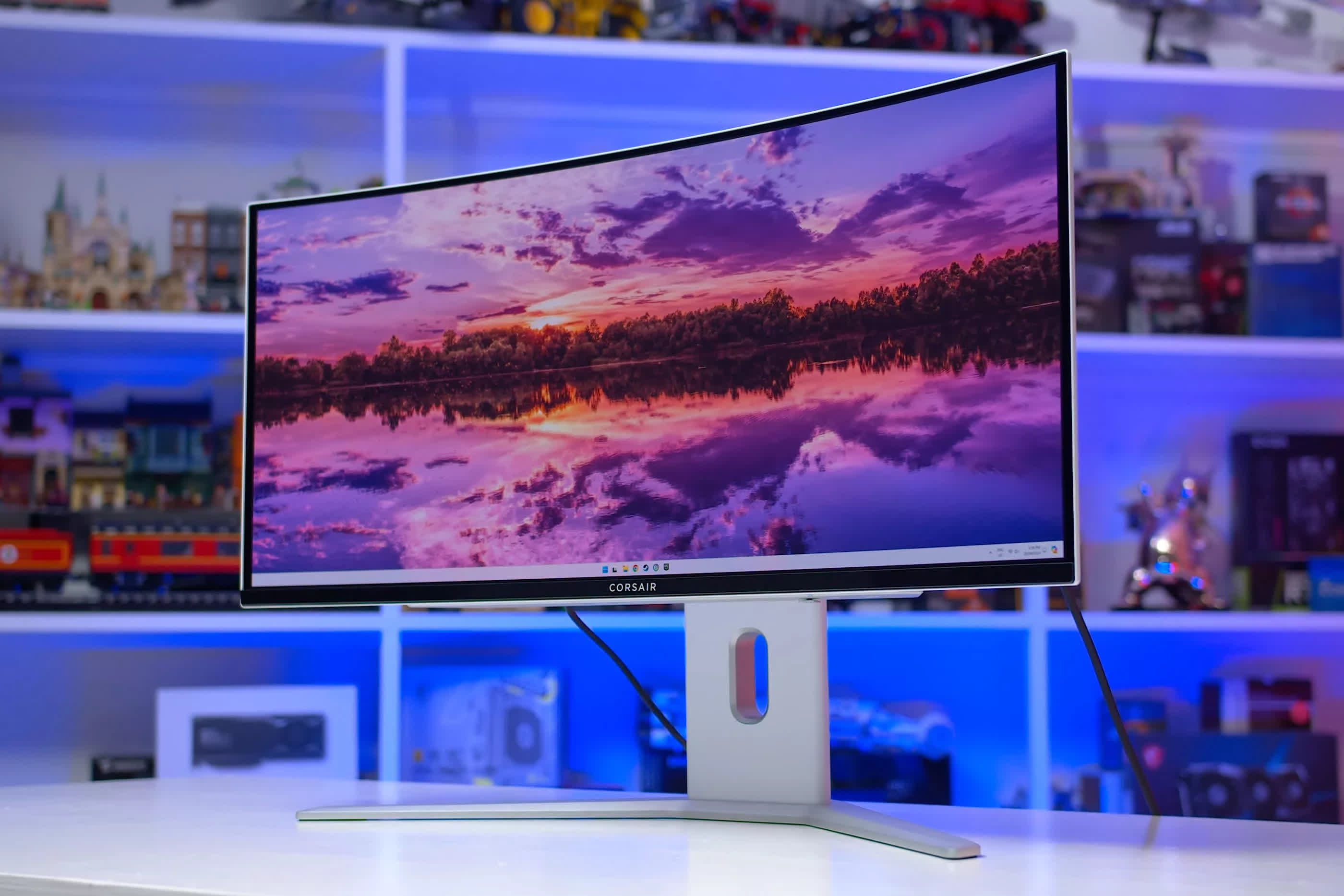Serving tech enthusiasts for over 25 years.
TechSpot means tech analysis and advice you can trust.
In a nutshell: OLED monitors are soaring in popularity among consumers, and manufacturers are cashing in on the craze. According to the latest data from TrendForce, OLED monitor shipments are expected to reach 1.44 million units by the end of the year – a 181 percent increase compared to 2023.
The market research firm said new 31.5-inch models are expected to boost adoption, adding that hardware makers like Asus and Samsung are focusing on improved specifications and other bells and whistles to spur sales.
Samsung is projected to lead all others in terms of sales with an estimated market share of 31 percent, thanks in part to its popular 49-inch models and a steady stream of new product launches. LG is on pace to finish in second place, capturing 19 percent of the market in the process. Asus and Dell are expected to go toe to toe for third place in a close race.

Taiwanese hardware specialist MSI, meanwhile, has been making waves as of late, and its OLED monitor division is among the fastest growing in the industry. TrendForce expects the company to finish in fifth place this year, capturing 11 percent of the OLED market in the process. Fellow Taiwanese hardware maker Gigabyte is expected to end the year in sixth place with three percent of the OLED market.
Among OLED types, quantum dot OLEDs are dominating the market. TrendForce said nearly three out of four sets sold in 2024 (73 percent) will be of the QD-OLED variety. WOLED, short for white OLED because they emit white light, will account for the remaining majority. Original RGB OLEDs are expected to make up just one percent of the market this year.
Choosing a new gaming monitor in this day and age can be daunting, but our Best of series can help you cut through the clutter. Several OLED models populate the list although it is not an OLED-only affair. A handful of LED monitors are also recommended, depending on your budget and needs.





:quality(85):upscale()/2024/10/31/831/n/49351773/b7bf33836723d2f0643c55.51137847_.jpg)


:quality(85):upscale()/2022/01/10/780/n/1922507/0152c91d61dc7053492389.07772633_.png)
 English (US) ·
English (US) ·